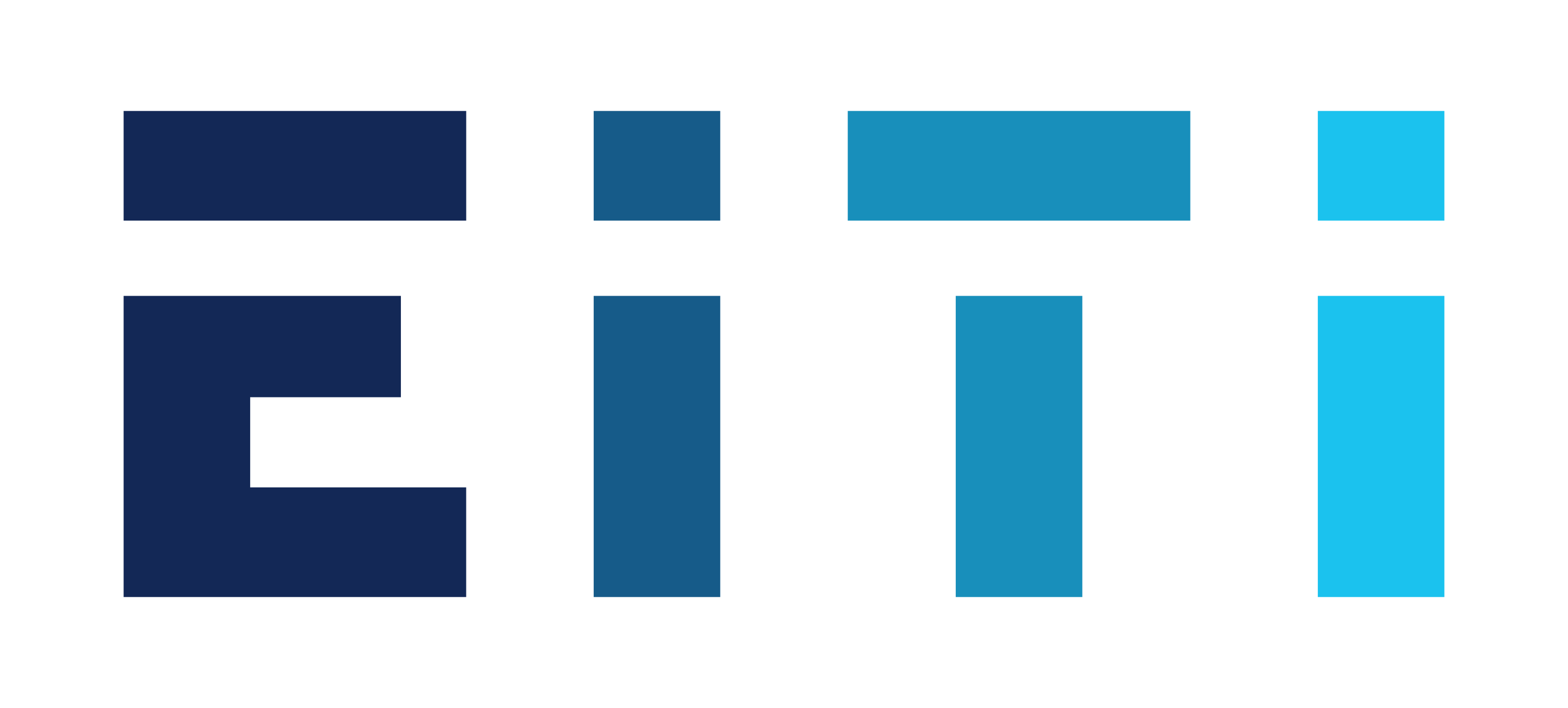
Consultation for improving the collection, dissemination and use of EITI summary data
Introduction
The EITI invites stakeholders to comment on opportunities to improve the collection, dissemination and utilisation of EITI summary data.
A revised template is attached below for comment. Stakeholders are invited to comment on:
- Does the template adequately address the challenges encountered with data collection, including user guidance and issues related to data standardisation?
- Does the template adequately incorporate new developments in EITI implementation, such as an increased focus on systematic disclosures and enabling project-level reporting?
Comments are invited by 7 January 2019, and can be sent to data@eiti.org.
Background
Open data is an integral part of EITI’s goal of contributing to transparency and accountability in the extractive sector. Whereas national secretariats contribute to gathering and analysing their extractive sector on the national level, the International Secretariat contributes to make this information comparable across countries and time. The Summary data template is EITI’s tool for collecting and publishing EITI data in a structured way. These are Excel files, filled out by EITI implementing countries as part of the agreed upon procedures of the EITI Board.
National secretariats or Independent Administrators submit data files for every fiscal year covered by EITI Reports. The data files include information within three main themes covering general characteristics of extractive sector reporting in EITI countries, some contextual data required by the EITI Standard, and revenue data using international standards for revenue classification. These are in the end made publicly available as per EITI’s Open data policy. The standardised data files are imported to the EITI’s website, where the data is made available through multiple open formats.[1]
Since the introduction of the Summary data template in 2015, national secretariats have made significant efforts to ensure that new EITI Reports are accompanied by data files. In addition, the International Secretariat have in collaboration with national secretariats ensured that previous EITI Reports have also been made available in open formats. Since its inception, more than 358 fiscal years have now been made available. Please visit our website here to view what data is currently accessible.
[1] The data is available through EITI’s Application Programming Interface (API), https://api.eiti.org/; the Quick comparison tool, https://eiti.org/explore-data-portal#compare-key-figures-in-eiti-reports; through Excel files via EI’I's Google Drive, https://drive.google.com/drive/folders/0B9Bl74fkjArzcWtDMDE3eUtYajA; and, through the various data visualisations on the EITI website, https://eiti.org/countries.
Acerca del EITI
Creemos que los recursos naturales de los países pertenecen a sus ciudadanos. Nuestra misión consiste en promover el conocimiento sobre la gestión de los recursos naturales, fortalecer la gobernanza y la rendición de cuentas en los ámbitos público y corporativo, y aportar datos que sirvan de sustento para la creación de políticas y el diálogo multipartícipe en el sector extractivo. Al convertirse en miembros del EITI, los países se comprometen a divulgar información a lo largo de la cadena de valor de las industrias extractivas, desde la forma en que se otorgan los derechos sobre actividades extractivas, hasta el modo en que los ingresos llegan a manos de los gobiernos y cómo benefician a la población. A través de la participación en el EITI, más de 50 países han acordado a respetar un conjunto de normas comunes que determinan qué debe divulgarse y cuándo: en otras palabras, el Estándar EITI. En cada uno de los países que se ha unido al EITI hay un grupo multipartícipe, conformado por el gobierno, empresas y la sociedad civil, que colabora con la implementación del Estándar EITI.

